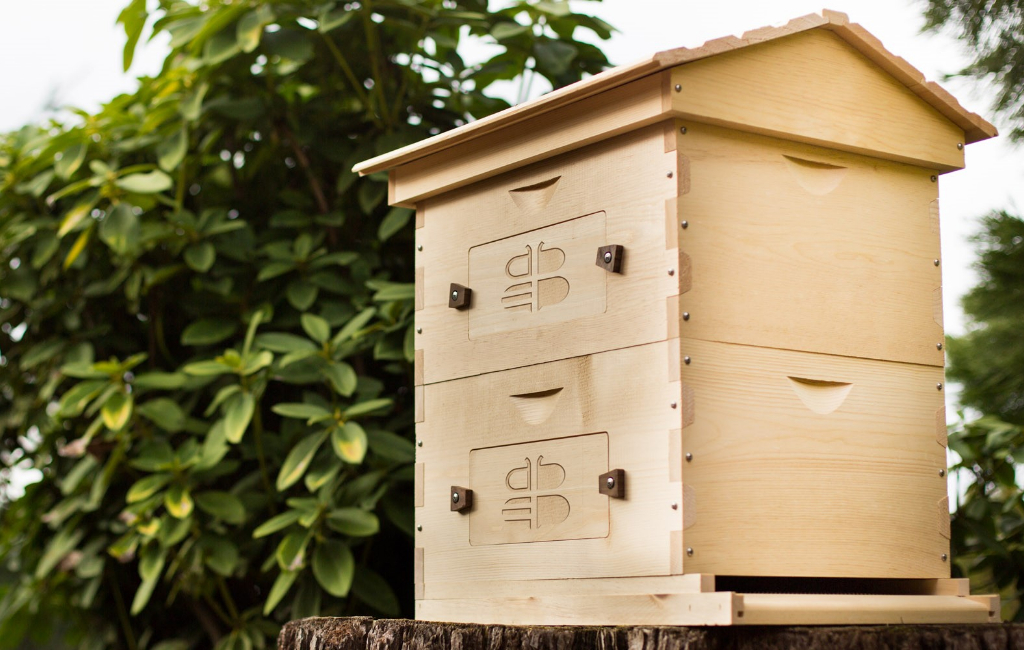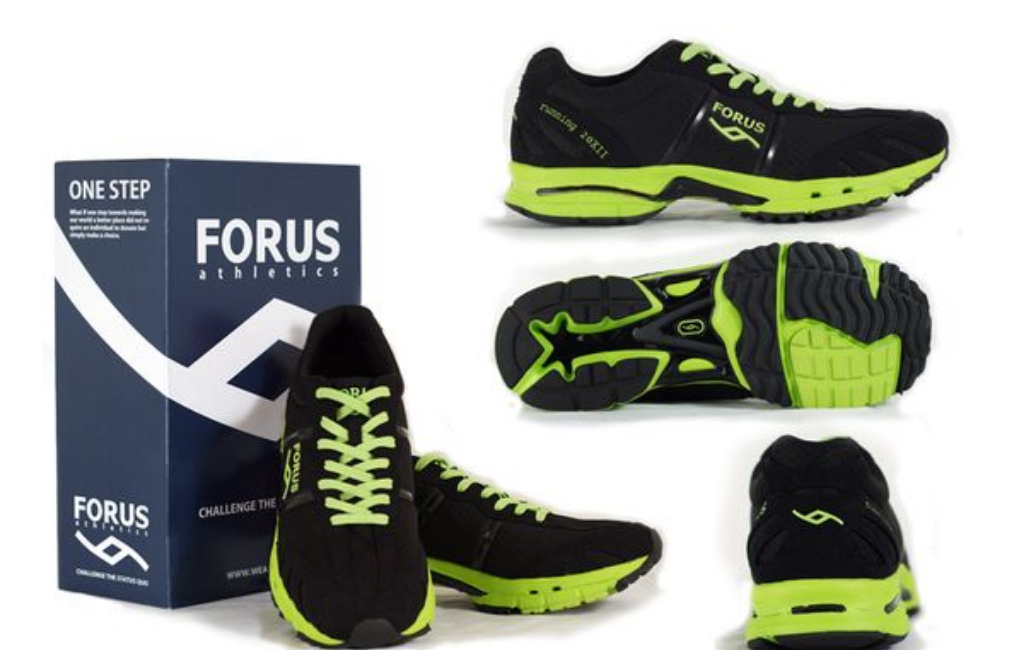Budsies Custom Plush Animals
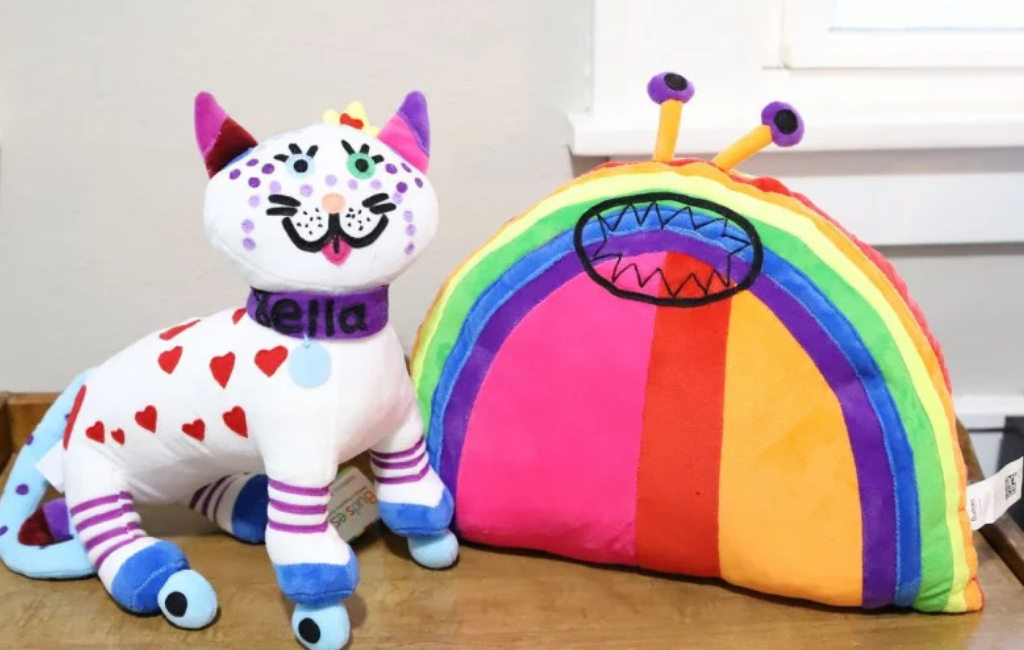
NO DEAL
EPISODE SUMMARY
🕓 Air Date: April 10, 2015
Asking For:
$100,000 for 5%
Investor:
No Deal
Deal:
No Deal
PRODUCT SUMMARY
Budsies turns children's artwork into custom plush toys, providing a tangible and huggable representation of the child's imagination.
WATCH HERE
IN A RUSH?
Click these to jump to the section you want to read.
Background Story
Budsies, a heartwarming company based in Palm Beach, Florida, was founded by Alex Furmansky. Alex, the driving force behind Budsies, is passionate about capturing the boundless imagination of children and transforming their artwork into cherished, huggable companions. His venture into the world of custom plush toys was inspired by the observation that children’s remarkable artwork often ended up relegated to refrigerators, attics, or basements, eventually fading into obscurity.
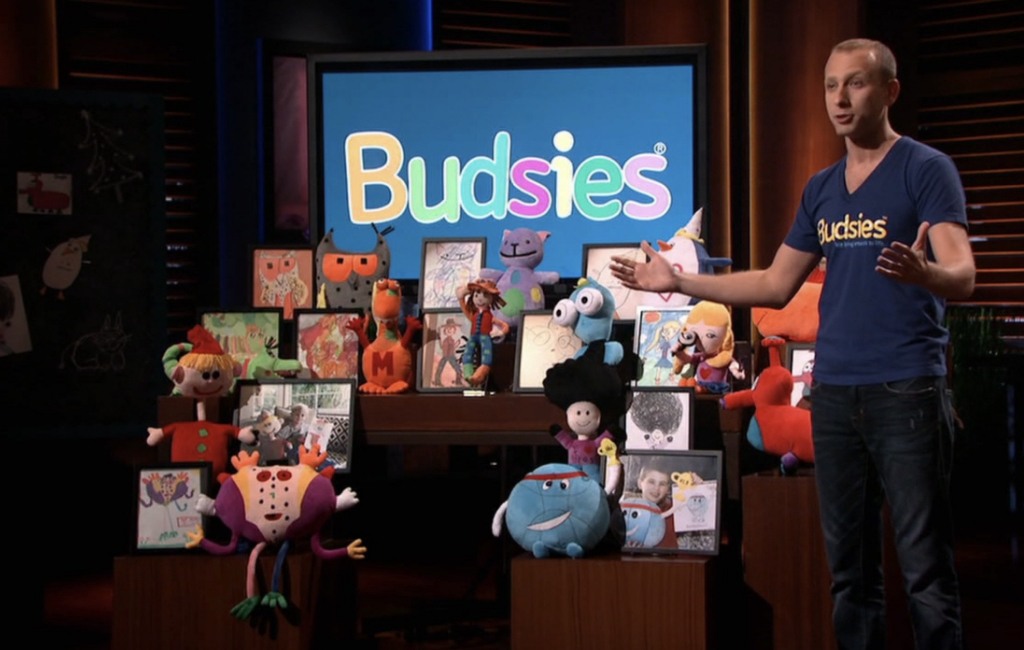
Alex envisioned a way to breathe life into these creations, creating a tangible link between a child’s creativity and the real world. Alex Furmansky, a resident of Palm Beach, brings a wealth of experience to Budsies. His commitment to fostering creativity and preserving the unique expressions of children is evident. The founder recognizes the profound impact of a child’s imaginative mind and seeks to provide a solution that transcends traditional means of preserving their artwork.
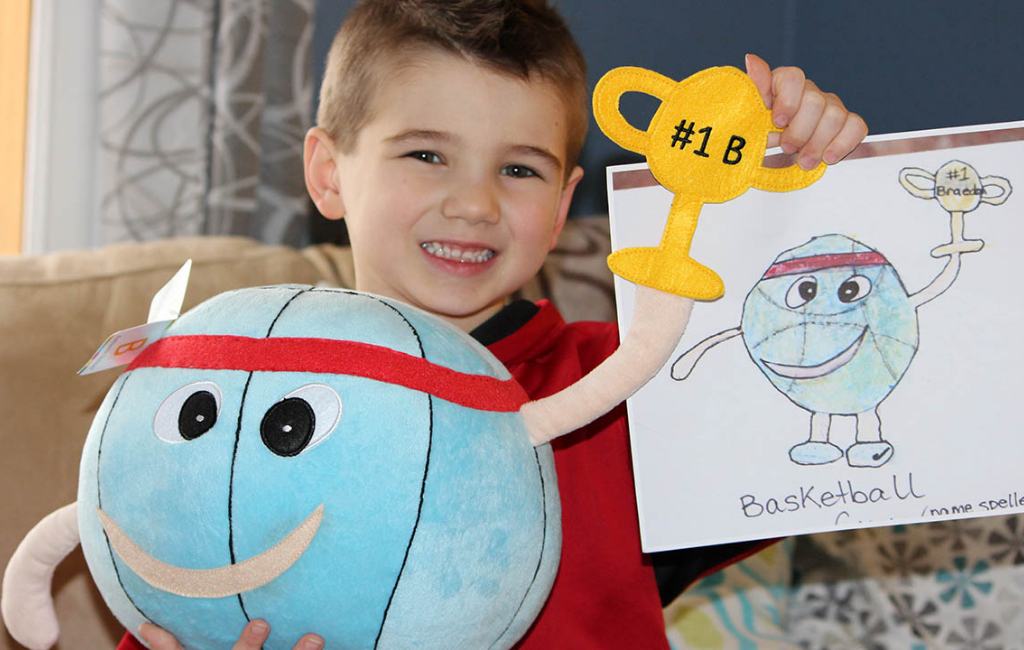
The motivation behind Budsies lies in bridging the gap between the virtual world of a child’s drawings and the physical joy of hugging a plush representation of their creation. Alex’s vision extends beyond a mere product; he envisions Budsies becoming a global leader in on-demand custom plush items, expanding beyond children’s artwork to include personalized products for pets and even unique representations of individuals.
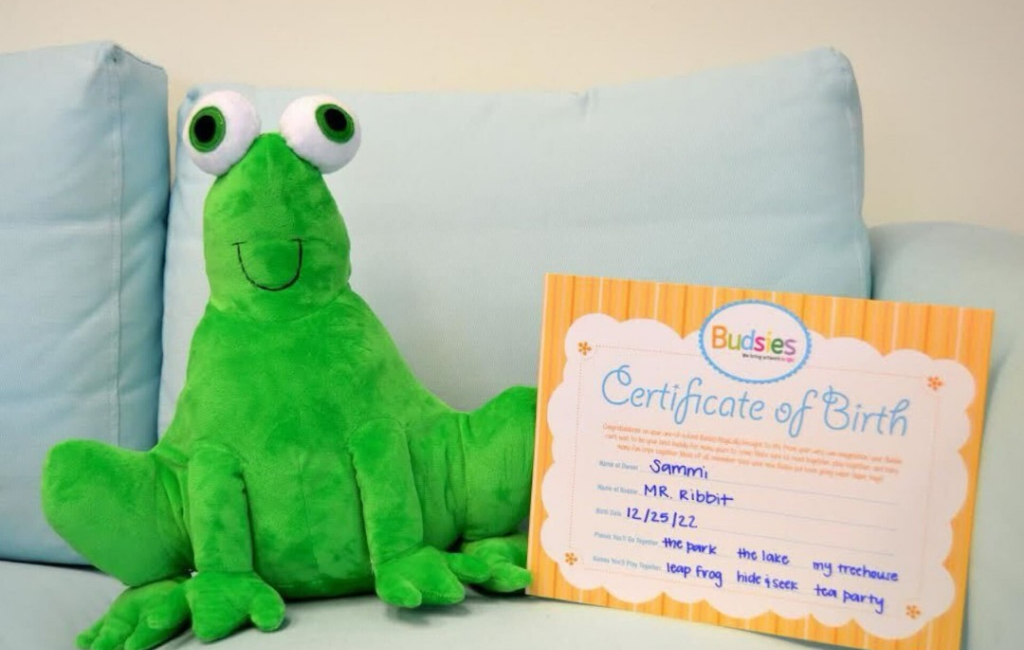
The Product
Budsies offers a unique and personalized experience by transforming children’s artwork into custom plush toys. The process is simple and engaging for parents seeking to immortalize their child’s creativity. To get a Budsie, parents need to take a picture of their child’s artwork using any cellphone and text the image to Budsies. The company’s software then automatically extracts the image and links it to the order.
Once the order is placed, a designer in the United States reviews and approves each artwork, ensuring a high-quality and accurate representation. Subsequently, the order is forwarded to Budsies’ factory in China for production. The resulting plush toy is a one-of-a-kind creation that reflects the child’s unique artistic expression.
Budsies are more than just toys; they serve as tangible manifestations of a child’s imagination, providing comfort and companionship. The product’s benefits include fostering creativity, preserving cherished memories, and offering a personalized item that holds sentimental value for both children and parents.
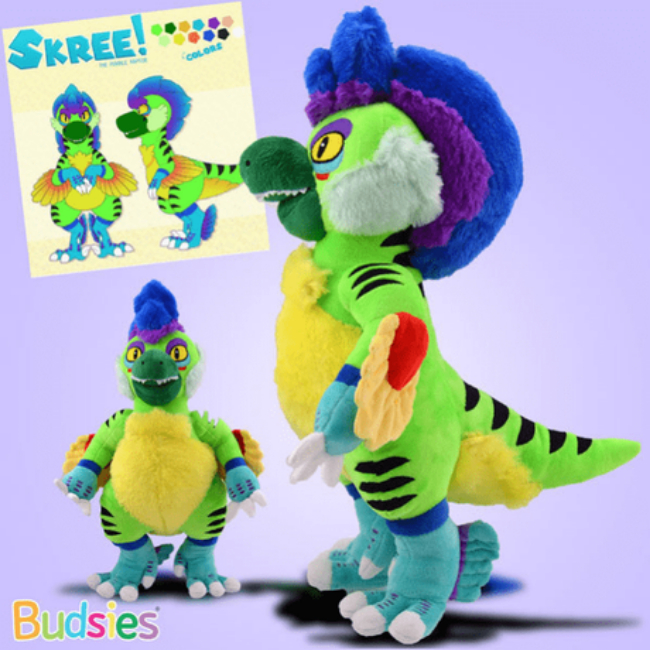
How It Went
The company’s position before Shark Tank
In the seven months since its inception, Budsies has shown promising performance in terms of sales and revenue. As of the episode transcript, the company has sold 2,000 units, resulting in a total revenue of $94,000. With a gross margin of $39,000, Budsies maintains a healthy 50% margin, showcasing a favorable position in the market. Budsies operates with a production model involving a designer in the United States and a factory in China. This dual-location setup implies an international collaboration that could contribute to cost-effectiveness in the production process.
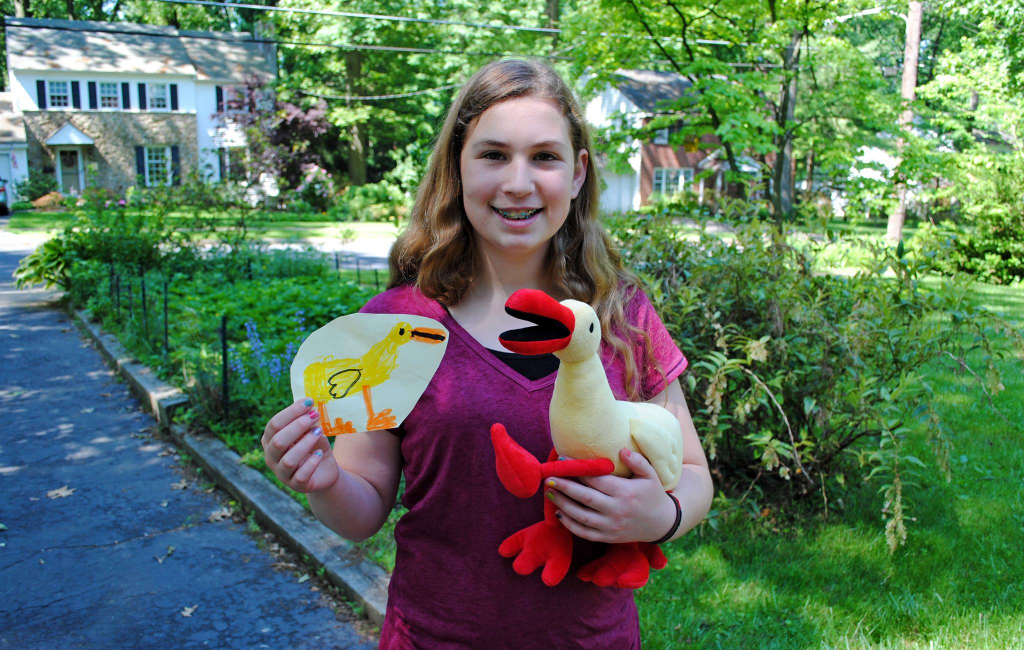
Budsies’ customer base consists of parents seeking a unique and personalized way to celebrate their children’s artistic expressions. The appeal of transforming children’s drawings into huggable plush toys has resonated with customers, as reflected in the 2,000 units sold within the initial seven months. Alex Furmansky sought $100,000 in seed funding for 5% equity during the Shark Tank pitch. The company’s profitability, with a 50% gross margin, suggests a healthy financial position, although specific details on profits, losses, and available capital are not provided.
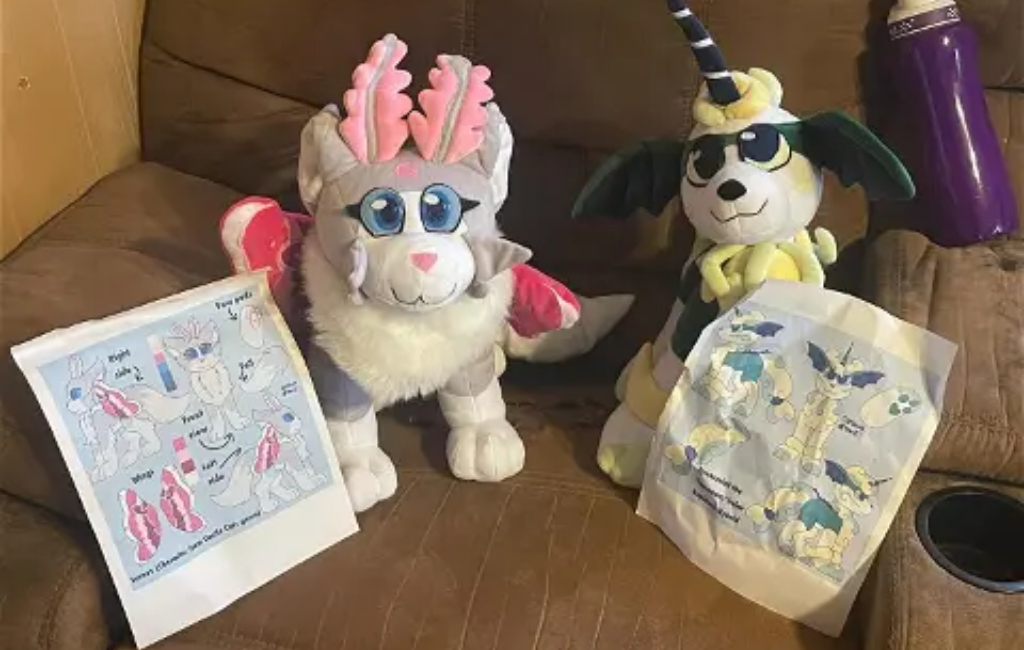
The company’s structure is not extensively detailed, but the founder, Alex Furmansky, leads the venture. The episode indicates that Budsies has plans for significant expansion, envisioning itself as a worldwide leader in on-demand custom plush products beyond children’s artwork, including items for pets and even personalized representations of individuals. This ambitious vision suggests a dynamic and forward-thinking approach to the company’s structure and strategic direction.
The Negotiations:
The negotiations for Budsies unfolded with a bold ask from founder Alex Furmansky, who sought $100,000 in exchange for a 5% equity stake in the company. The sharks were immediately intrigued by the concept of turning children’s artwork into custom plush toys. Kevin O’Leary made the first offer, proposing $100,000 for a steep 50% equity share, emphasizing the need for a higher retail price, suggesting $249 as the minimum. Mark Cuban and Daymond John also expressed interest, making competitive offers.
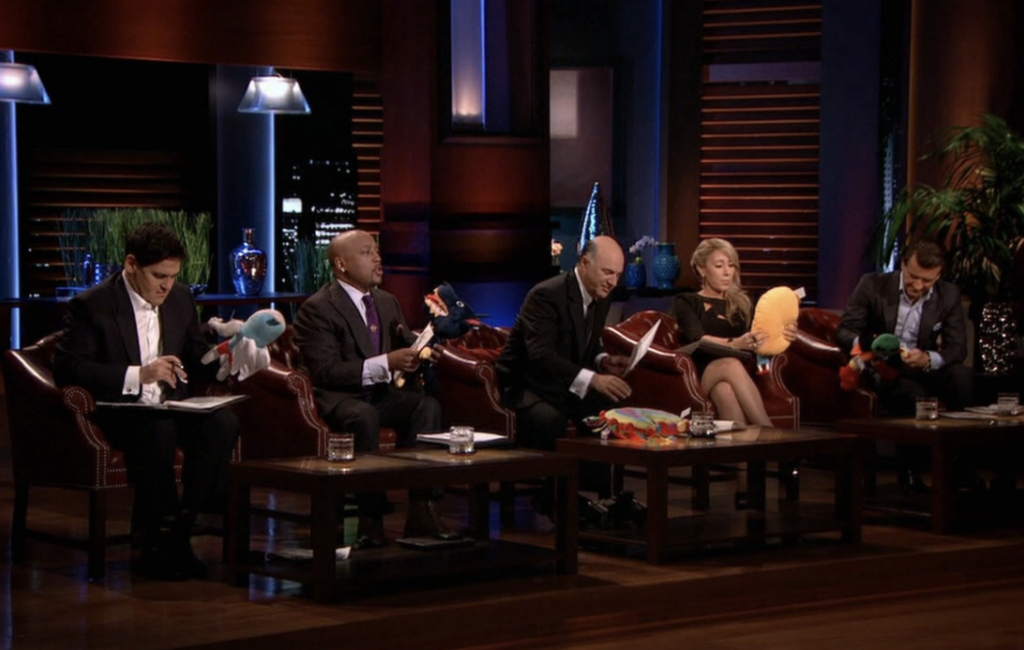
Mark proposed $100,000 for 40%, while Daymond offered $100,000 for 50%, both aiming to address the challenge of scalability and profitability by suggesting higher retail prices. As negotiations unfolded, Alex stood firm on his valuation, declining all offers on the table. He defended his vision for Budsies to become a global leader in on-demand custom plush items, extending beyond children’s artwork to include personalized products for pets and even unique representations of individuals. The negotiation reached a turning point when Kevin O’Leary, recognizing the potential in expanding Budsies’ offerings, made a final offer of $100,000 for 50%.
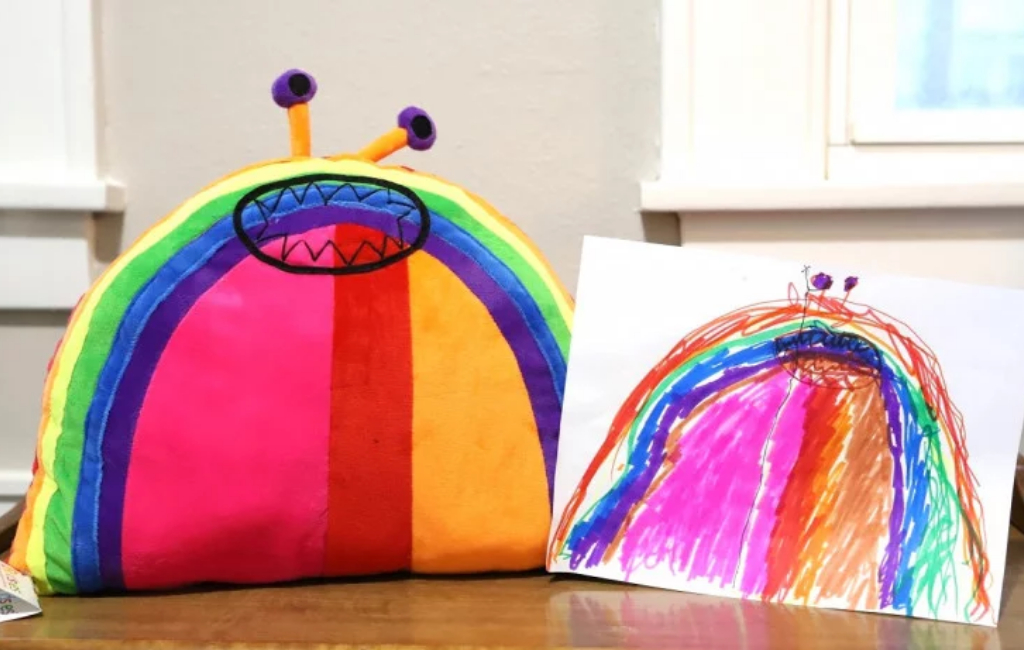
He insisted on a minimum retail price of $249, emphasizing the necessity to increase the pricing to ensure profitability. Despite the competitive nature of the offers, Alex respectfully declined, expressing gratitude but maintaining his commitment to the original vision. Ultimately, no deal was secured for Budsies in the Shark Tank, as the sharks found the valuation and business model challenging to support, given the perceived difficulties in achieving profitability with the existing pricing strategy and concerns about the company’s focus and scalability.






